Royal Oaks, NFTs, and How to Build a Community
And how the Rolex Day-Date became a million-dollar watch
This week’s newsletter is Presented By Subdial, the ultimate trading platform for true watch collectors. Subdial is a real day one supporter of Rescapement, so I’m excited to be partnering more closely with them this year. Not only do they curate an amazing weekly selection of watches, they’re also heavily invested in the community and supporting quality content (if I do say so myself). Below, we’ll highlight a favorite watch from their weekly drop.

In today’s newsletter: a Genta painting of the Royal Oak sold for $600k — what the sale, and its NFT experiment, means for watches; how the Rolex Day-Date became a million-dollar watch; every known Cartier 8-Day wristwatch; and Francis Ford Coppola on how to make things personal. To get Rescapement delivered to your inbox every Monday morning, subscribe now:
2022 is the 50th anniversary of the Audemars Piguet Royal Oak. This, we already know. All kinds of festivities have been planned. Already, AP has released a slew of new Royal Oak references — 42 in all. Later this year, Phillips will be hosting a Royal Oak-themed auction.
For its part, Sotheby’s is selling a collection of Gerald Genta’s original designs for the Royal Oak and his other iconic designs in a series of auctions, leading up to the sale of Mr. Genta’s personal Royal Oak in Geneva this spring.
The first Gerald Genta: Icon of Time auction closed on February 24, and it’s already posting big numbers.
The headliner of the sale — Lot 1 — an original prototype drawing of the Royal Oak from Gerald Genta, sold for CHF 564,500 (~$609k). The watch is rendered in watercolor on paper measuring about 8 x 6 inches and is signed by Genta.
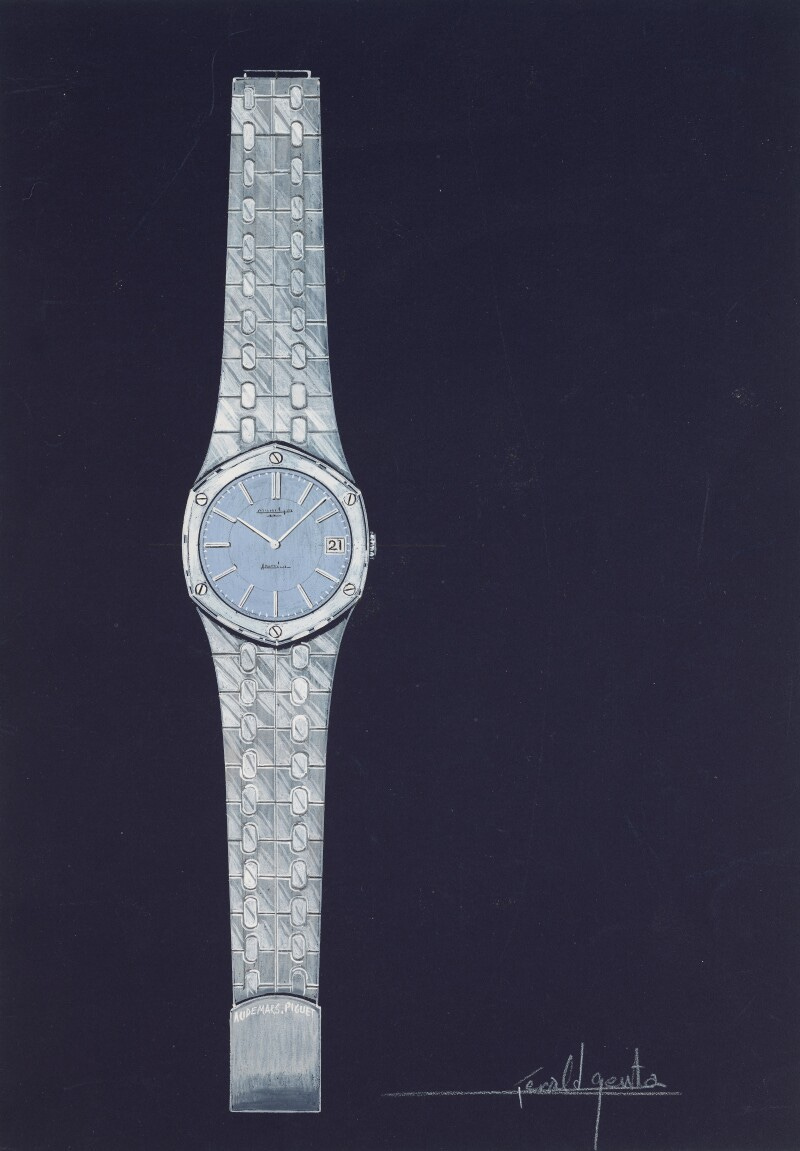
Meanwhile, Lot 2, a first draft of a prototype Royal Oak, sold for CHF 151,200. While Lot 1 looks a lot like the familiar form of the original Royal Oak ref. 5402, this prototype draft is fun for its differences from the final product. The bezel is actually hexagonal, not the octagon that would end up on the final version of the Royal Oak. Further, the dial is rendered in an ice blue, and details like the crown and clasp seem less refined. Beyond these Royal Oak drawings, 29 other lots sold at the Sotheby’s sale. Check out the results here.
Interestingly, each original design was accompanied by a non-fungible token (NFT), the buzziest phrase of the past year. Wristcheck recently asked the question about watches and NFTs in a succinct way: What’s the industry missing? For NFTs to really break through, they need to solve an important problem. So far, much of the focus has been on authentication: Using NFTs as a unique digital identifier paired with a physical watch to give the entire industry more transparency into a watch’s origin and history.
Sure, some brands have experimented with this type of authentication, but it hasn’t caught on, at least not yet. That’s how the NFT is being used with this Royal Oak painting, too. And while it’s interesting that the digital technology is being used to point to and authenticate a physical item, Wristcheck rightly points out that this isn’t the most exciting potential application of crypto in watches:
“While authentication is incredibly practical, this application bears none of the markers of other successful NFT projects. It’s not social. It’s not community-oriented. In today’s world, the most successful NFTs are mission-driven social networks.”
This is where conversations about crypto start to devolve into missives about how living in the metaverse with our Bored Apes and Crypto Punks represent The Last Great Hope for Humanity. But here’s the thing: Some of these crypto projects have built real, functioning communities.
Sure, there’s a “watch community,” but how functional is it right now? I got into watches right as everyone was disembarking the forums for Instagram, and it’s easy to wax poetic about the good ole forum days (and I’m not even old). However, it’s true that forums encouraged a different type of dialogue. “The discussions were deep, thinking was slow, and engagement with watches meant more than a certain number of likes,” Wristcheck writes.
The watch community should seriously evaluate any tech that promises better community interaction. While Instagram is fine and works on a scale no other platform ever has, it’s pretty limiting. From Wristcheck:
“My sense is that NFTs can create new ways of organizing the watch community. That means, creating online watch communities where most of our “culture” isn’t found in private messages and our cultural rituals online are restricted to liking and commenting emojis on Instagram posts. One way or the other, NFTs are on the cutting edge of online community building, and the entire watch industry should be taking close note.”
Sure, it’s possible crypto is the new multi-level marketing scheme, spawning a dozen Anna Delveys every day. And it’s true that much of the reason I love watches is because they’re a physical escape from the increasingly all-consuming digital world (or metaverse), if only for a brief and blissfully naive oscillation of a mechanical escapement. But if there’s any technology that allows the watch community to build a better community, it’s worth paying attention to.
PARTNER
This week’s newsletter is Presented by Subdial, the ultimate trading platform for true watch enthusiasts and collectors. Every week, we’ll feature one of the watches from their weekly drop.
This week, something a bit different: A modern watch, and one of my favorite ones, at that. This is the Zenith Chronomaster Revival ‘Shadow,’ one of the best releases from zenith over the past few years. The black, microblasted titanium case is a nod to a vintage Zenith prototype from the 1970s that featured a PVD-coated case. The case is a revival of Zenith’s classic A384 — the 37mm lightweight titanium case wears incredibly well. I’ve always thought this case wears much better than it often comes across in photos (where it can sometimes look chunky). All in, this is my favorite chronograph in Zenith’s current lineup, and the fact that it sells under retail shows how people still sleep on it.
🌑 Head to Subdial for a closer look at this Zenith Chronomaster Revival ‘Shadow’, or check out the rest of their drop from the week.
How the Rolex Day-Date became a million-dollar watch
Earlier this month, an iced-out, rainbow Rolex Day-Date sold for $1.3m at Sotheby’s, setting a new Day-Date record. The watch was basically unworn, believed to be one of five like it (three of which have been found). It passed the previous record set by Jack Nicklaus’ Day-Date back in 2019, which sold for $1.22m (all of those proceeds went to charity). Rolex gifted Nicklaus that gold Day-Date, who proceeded to wear it while hoisting the trophy for 12 of his record 18 majors (btw, looks like Jack’s wearing an Onyx dial Day-Date nowadays).
Over on Big H, Logan Baker wrote a great history of the Day-Date. It’s an interesting watch because, even if you ask Rolex, the Day-Date is “The Ultimate Watch of Prestige.” If advertisements are to be believed, it’s the watch you buy for a life well-lived; hell, for becoming President.
But, collectors don’t seem to care much about it. At least, we don’t talk much about the President. Vintage and modern collectors both seem much more concerned with Submariners and other such sports watches.
The article points out that, as far as Rolex goes, the Day-Date isn’t much of a hype watch:
“‘There's not a lot of hype around the Day-Date yet, which gives you the opportunity to get great pieces at fair prices,’ [Phillips Senior VP Paul Boutros] says. ‘Yes, if it's a rare configuration or extremely desirable, you'll pay a premium, but the premiums aren't outlandish.’”
There’s an incredible amount of variety in the Day-Date: you’ll find it in all the precious metals, with diamonds and without, and dials in pretty much any color or material you can imagine. More than that though, is its cultural importance:
“From a wider cultural lens, the Day-Date has always been synonymous with success; there are very few things that signal you've made it quite like a solid yellow-gold, flashy-as-hell Rolex on the wrist. It's partly because of its inherent symbolism, you could argue, that the Day-Date has remained separate from greater "watch culture,"
“The Rolex Day-Date is the watch of American presidents, power brokers, and NBA superstars. To many, it's a proud symbol of a lifetime's success, a career achievement, or the entrance into the traditional tony establishment; to others, it represents a goal worth working toward.”
📆 Go deep on the Day-Date.
Every Known Cartier 8-Day Wristwatch
Vintage Cartier Eight-Day wristwatches have always been a topic of fascination for many. For a house (nay, a Maison) known primarily as a jeweler, recognizable for its timeless designs, its early Eight-Day wristwatches represent true technical achievement and innovation. Beyond that, they’re exceedingly rare: It’s believed that less than 10 examples were produced.
Now, Charlie Dunne, a scholar and writer who needs no introduction to readers of Rescapement, has published an in-depth look at Each Known Cartier Eight-Day Wristwatch on his site, Strictly Vintage Watches.
What is a Cartier Eight-Day wristwatch? Well, back in the 1930s, Cartier pioneered a technically sophisticated caliber with an eight-day power reserve, with the help of its frequent technical collaborators at LeCoultre. The result was the large, twin-barrel LeCoultre caliber 124. Even today, luxury manufacturers brag about their calibers with 8-day movements, with most power reserves lasting a mere few days, if you’re lucky — imagine the technical prowess needed to produce this type of movement back in the 1930s.

It was no doubt an intense undertaking, hence why only a handful of examples have been found from Cartier; LeCoultre also produced these calibers for a few other high-end manufacturers, most notably Patek Philippe.
Even as appreciation for vintage Cartier has boomed over the last few years, little has been said about these vintage Eight-Day wristwatches. Sure, a yellow-gold example sold at Antiquorum Geneva for CHF 250,000 in November 2021, but it feels like other Cartier “shape watches” garner most of the headlines.
Charlie’s article sheds some light on the historically interesting and horologically important Cartier Eight-Day. He starts:
“According to Franco Cologni, Cartier introduced the Eight-Day Cartier wristwatch in [circa] 1931. It was a rich decade in which several models were born such as the Tank Étanche, the introduction of Cartier Reversos, as well as the introduction of stylized Vendôme lugs. However, many of the iconic timepieces have greatly overshadowed a small chapter within the prestigious retailer’s history. It is believed that less than 10 examples in all metals were produced, some of which would be sold years after the earliest models. While the exact details on production, case metal, and dates have changed over the years, this article will aim to provide context serving as an overview of these underappreciated timepieces.”
Of course, Francesca Cartier Brickell also provides some insight to put the importance of the Cartier Eight-Day wristwatch in context. She says: “The 1930s was a period of great innovation for the Cartiers — it was the decade when they patented more new products than any other. This was partly a result of the Great Depression which had severely hurt their business and forced them to come up with new and exciting products to tempt clients. It was also a time when high jewellery items…were considered inappropriate by many, so the Cartiers focused on more functional, practical pieces like watches (even if they were ones with a groundbreaking 8-day Lecoultre 124 movement!).”
We’ve spoken to Francesca before about Cartier’s driving ethos to “never copy, only create,” so it’s fascinating to see how, even during the depths of the Great Depression, it still pursued this spirit. But instead of pursuing the opulence of high jewelry, it led to pragmatic, technical innovations like the Eight Day.
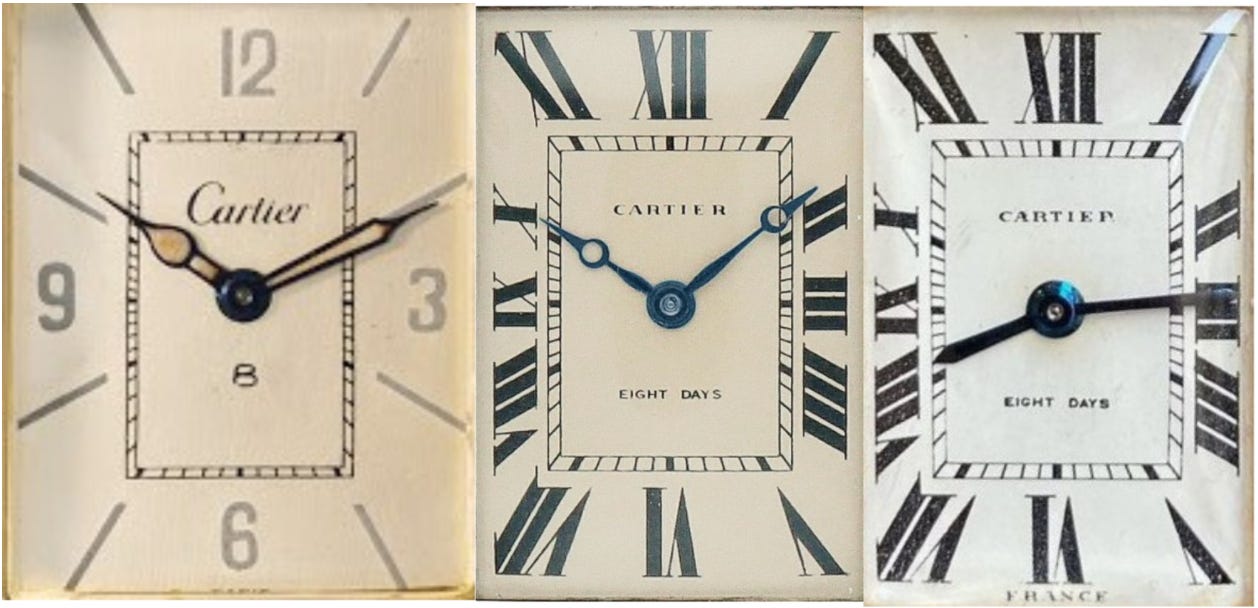
The article ticks through every known example of the Cartier Eight-Day, working through books, auction catalogs, and other source material to build the definitive history of one of Cartier’s most interesting watchmaking achievements.
Check out the full article on Strictly Vintage Watches.
Francis Ford Coppola on ‘making it as personal as you can’
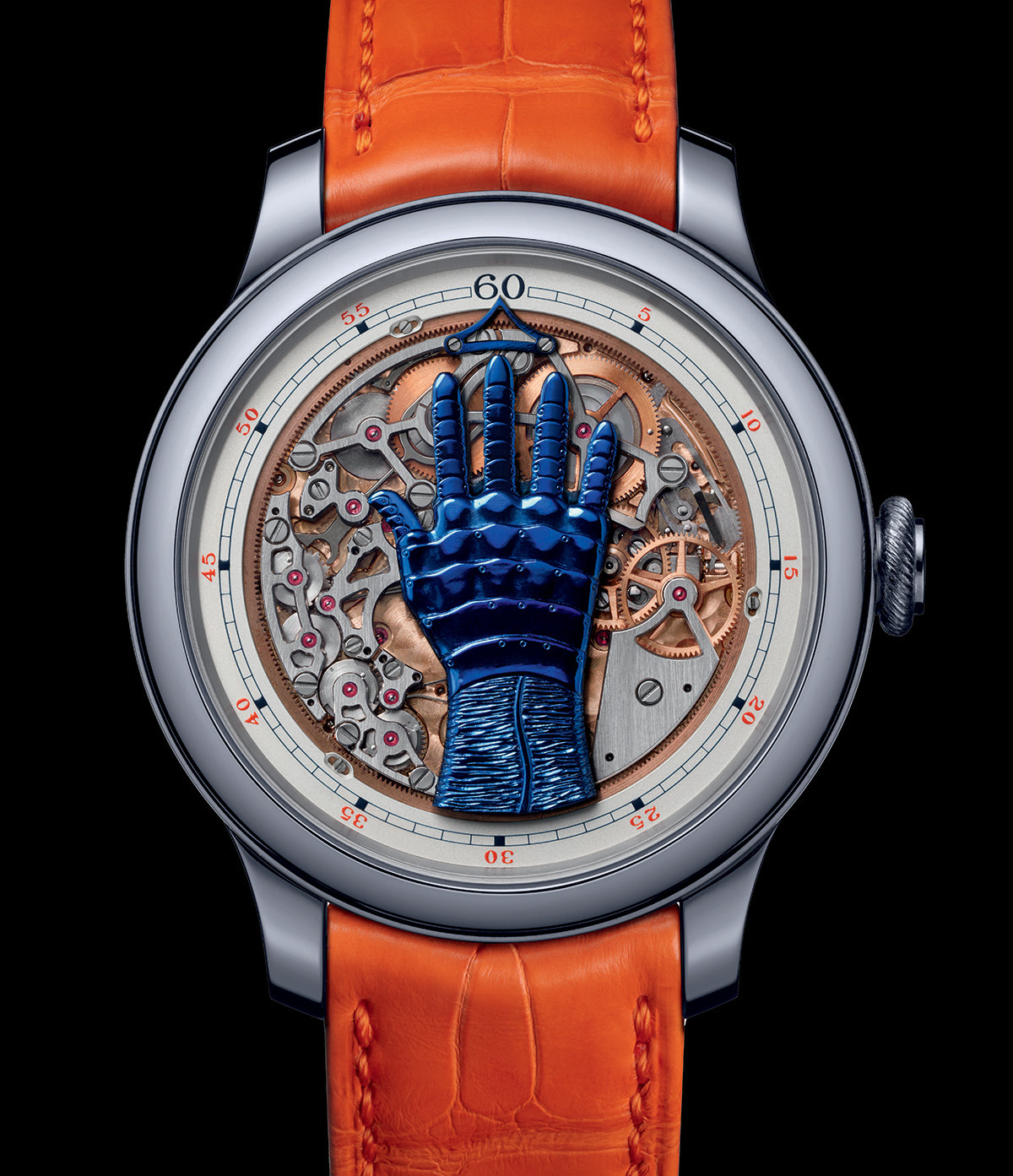
GQ had a great profile on moviemaker Francis Ford Coppola. Coppola’s also a watch collector, taking to the hobby after his wife bought him an FP Journe many birthdays ago. Last year, this passion manifested itself in a watch, the FP Journe x Francis Ford Coppola FFC Blue for Only Watch, which eventually sold for $4.5m.
According to FP Journe, the watch was born, as many good things surely are, over wine:
“This watch was born in 2012 while having dinner at Francis Ford Coppola’s house in the Napa Valley. He asked me if it could be possible to tell time with a hand in a watch. I replied that the idea was interesting and required thinking about it. But how to display 12 hours with 5 fingers? It was not an easy matter and this complex challenge inspired and motivated me. Once I figured it out, Francis immediately sent the sketches for the fingers positions.
All in, it took seven years for Journe to develop the FFC Blue. It then sold for $4.5m at Only Watch 2021.
This profile gives a fascinating peak into Coppola’s creative process:
“I always tell my kids, ‘Let your films be personal. Always make it as personal as you can because you are a miracle, that you're even alive. Then your art will be a miracle because it reflects stuff from someone who there is no other one like that.’ Whereas if you're part of a school or ‘Yeah, I'm going to make a Marvel picture, and that's the formula and I get it and I'll do my best,’ sure it will still have your individuality, but as art, do that and do something else. But if you're going to make art, let it be personal. Let it be very personal to you.’”
Fracnis Ford Coppola 50 years after The Godfather: ‘If I just had made a career of 15 mafioso movies, I would be very rich, but I wouldn't know as much as I do now. Now I'm still rich, but I learned more.’
THROUGH THE WIRE
🎧 Episode 9 of the Significant Watches Podcast is here, and we’re talking all about condition. From Rolex cases to Patek dials, everything you need to know about how to evaluate a watch. Listen on Apple Podcasts / Spotify / Google Podcasts / RSS.
Rescapement is a weekly newsletter about watches. To get it in your inbox every Monday, smash the subscribe button:


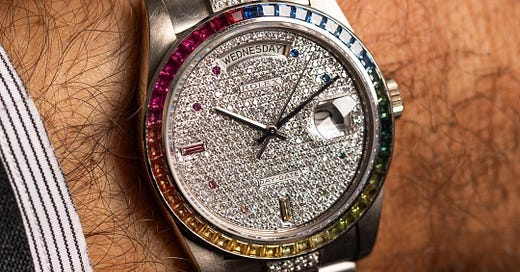


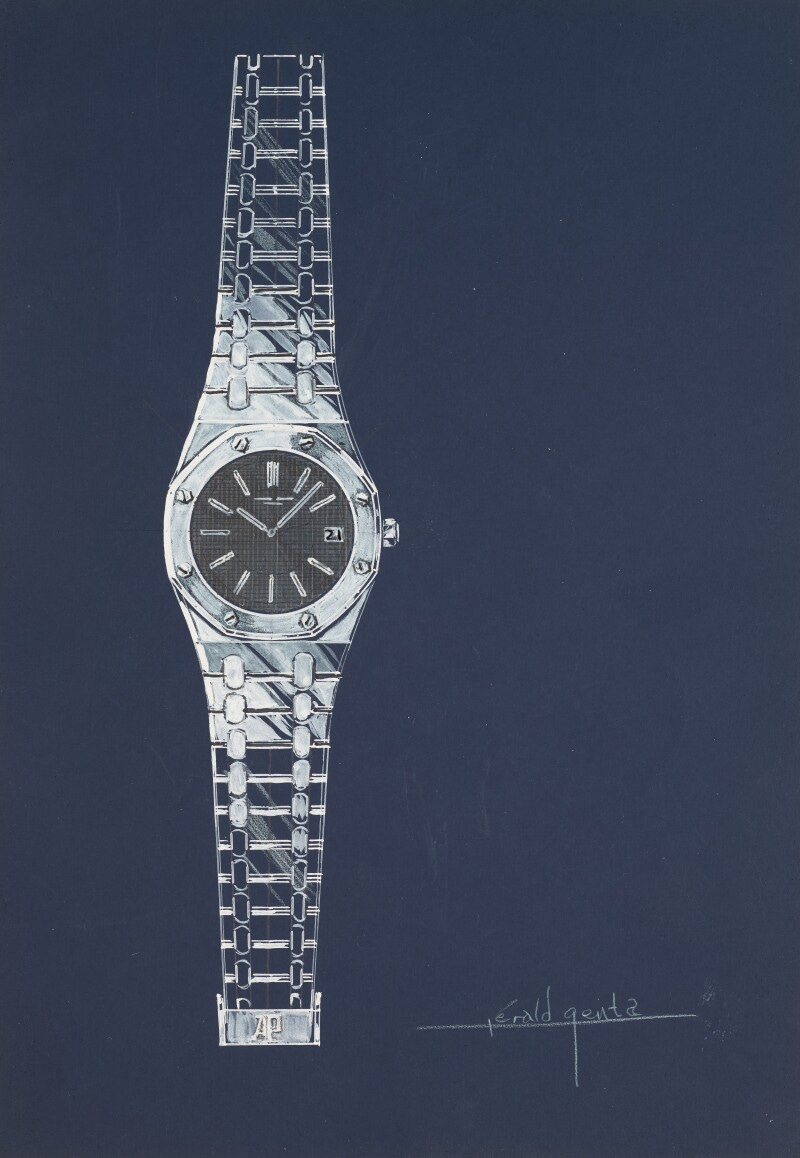


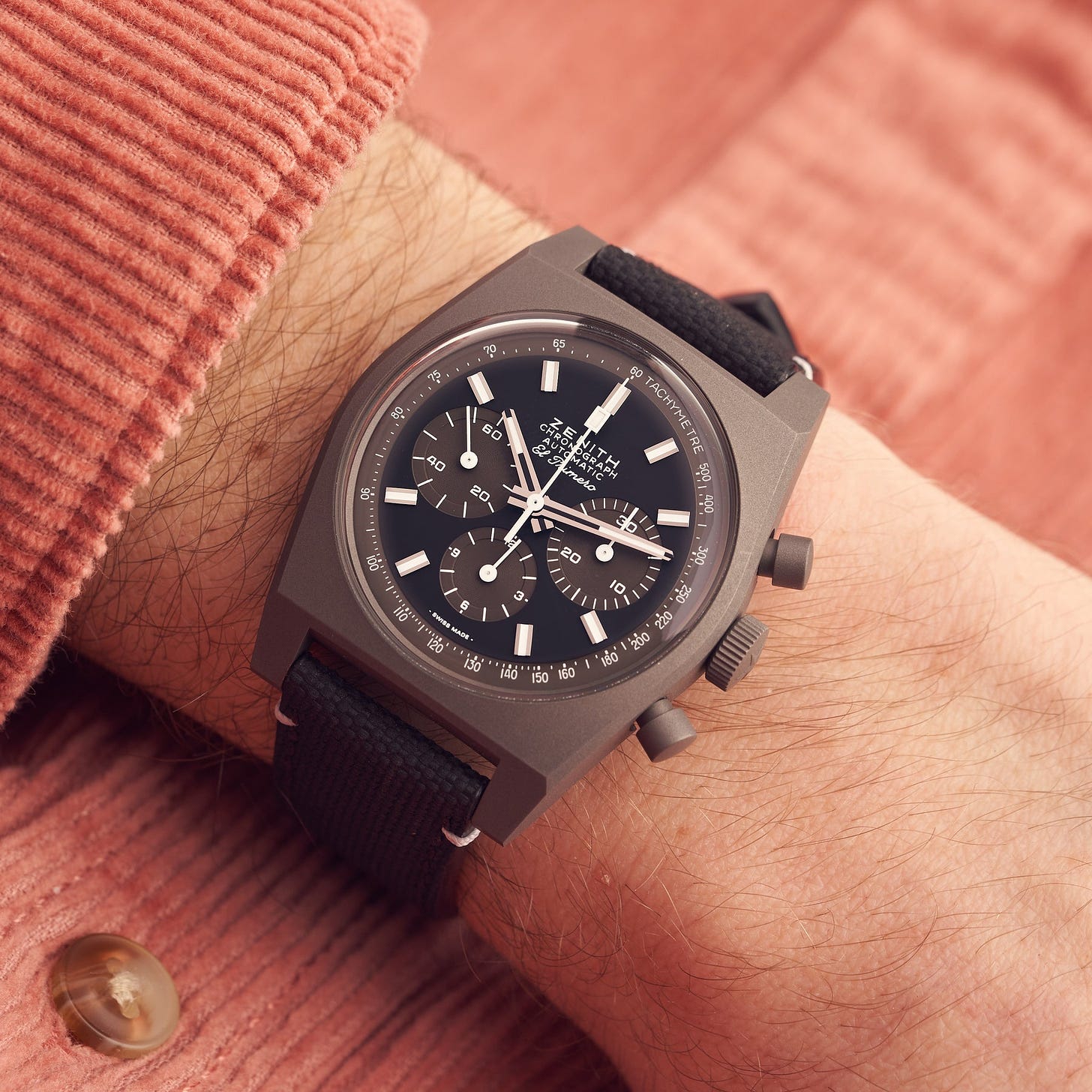

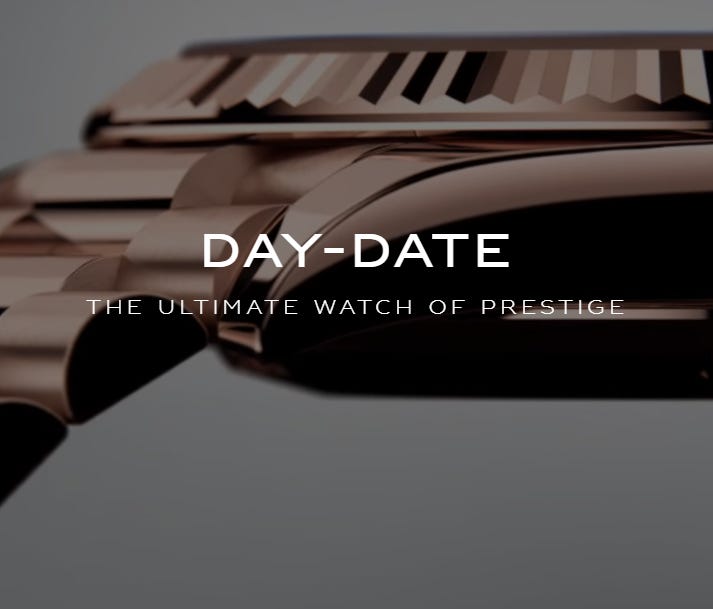
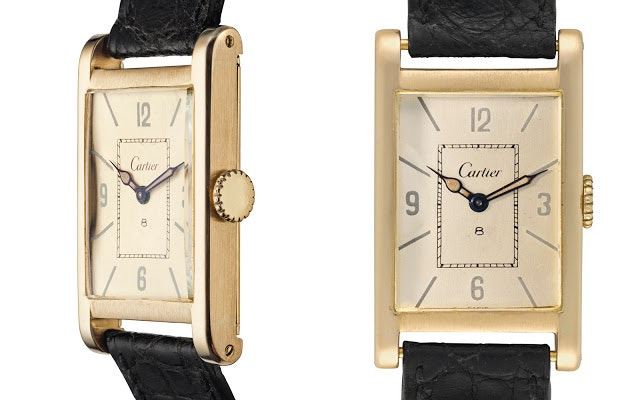
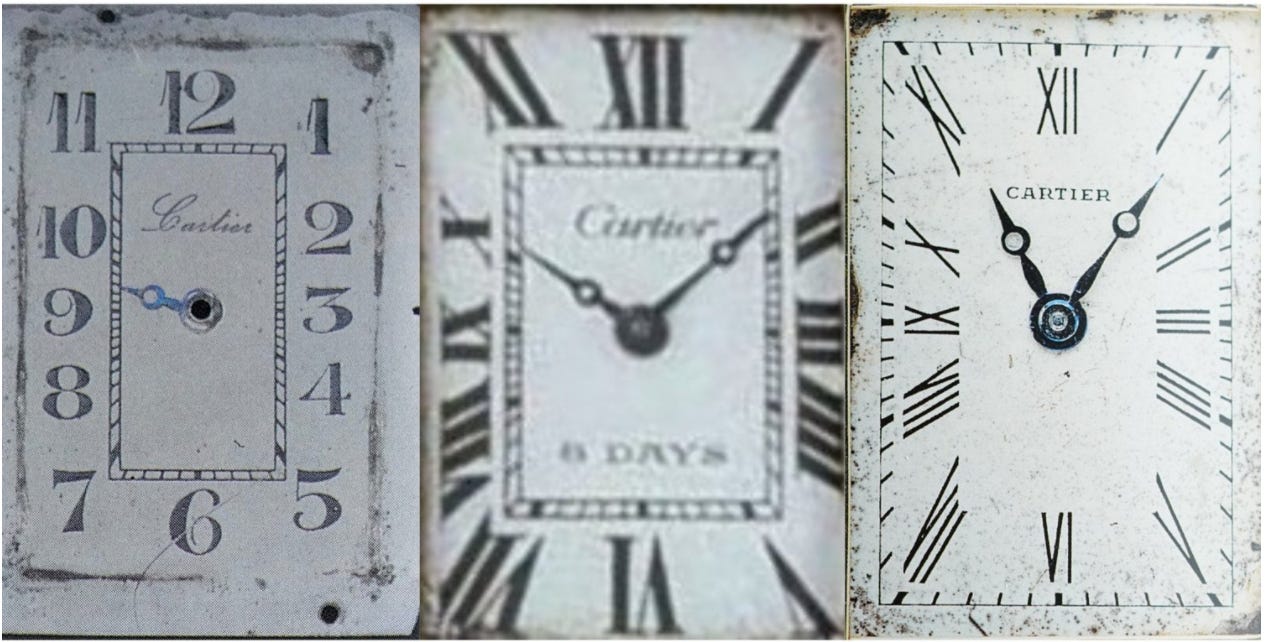
No mention of WatchCrunch.com? That's a great watch community! Max and the team there are doing great things. You should definitely check it out if you're writing an article about watch communities.